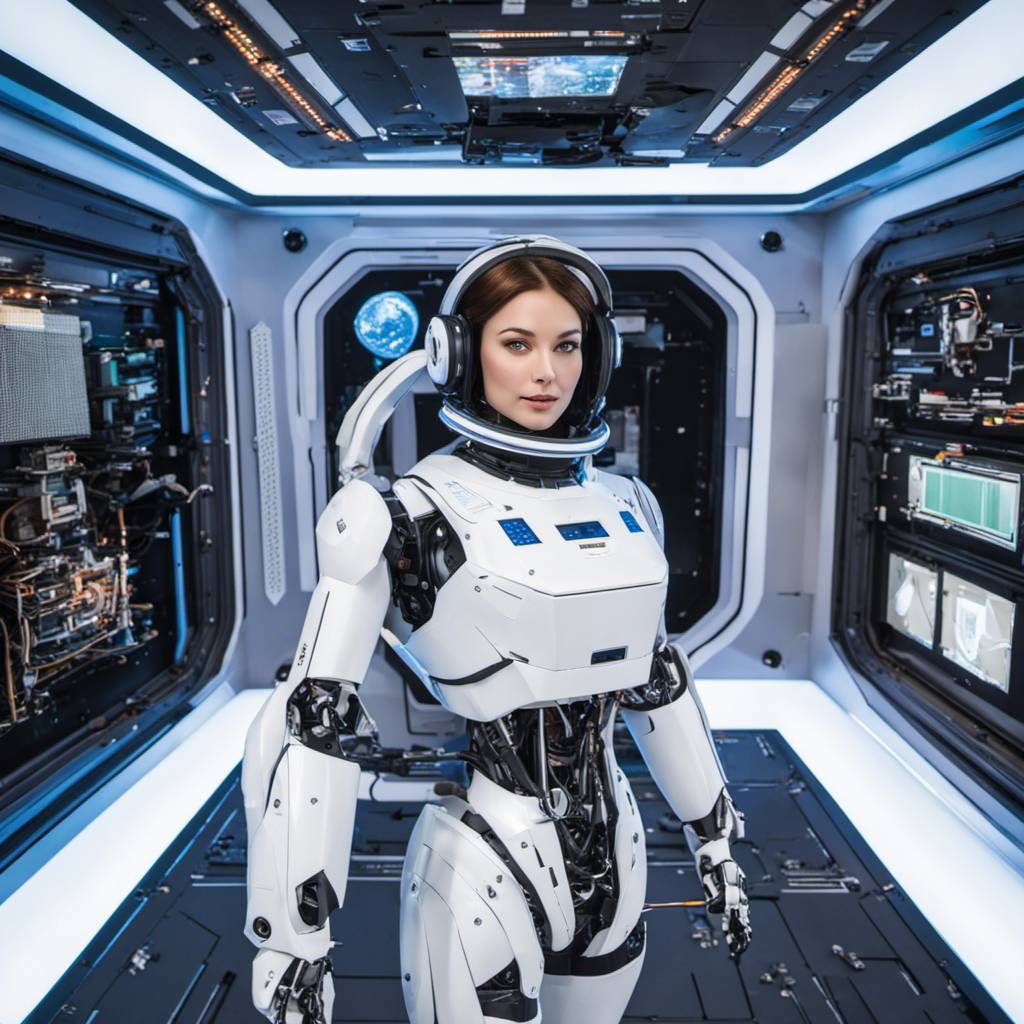The International Space Station (ISS) crew recently turned their focus to three key areas: robotics, lab maintenance and microbiology. On a typical Wednesday, the Expedition 69 team members divide their time among these fields, along with Earth science operations and biomedical duties.
The day was highlighted by the activation of Astrobee, a cube-shaped robotic assistant roughly the size of a toaster, within the Kibo laboratory module. The Astrobee operates based on student-written algorithms that were sent up to the ISS, a move designed to foster problem-solving skills and promote interest in space education. The robotic activities were closely observed by astronaut Satoshi Furukawa from JAXA (Japan Aerospace Exploration Agency), who recorded his observations for later analysis on Earth.
Simultaneously, three flight engineers were hard at work in the Columbus laboratory module, an ESA (European Space Agency) facility located opposite Kibo. Their task was to reorganize the research facility, a job that began with NASA Flight Engineer Frank Rubio transferring research and cargo racks into slots within Columbus. ESA Flight Engineer Andreas Mogensen lent a hand during the morning shift, assisting Rubio in moving the racks. The task was completed in the afternoon by NASA Flight Engineer Jasmin Moghbeli, who restored the Columbus lab to its operating configuration and stowed the hardware.
This reorganization was necessary to make room for new exercise equipment designed to help astronauts maintain their health during extended missions in space. In addition to his work in Columbus, Mogensen also undertook a study of Earth’s albedo, or reflective properties, by photographing the Moon during specific lunar phases. The results of this study could provide valuable insights into Earth’s climate via satellite instruments.
Moghbeli also took part in a glucose test for the Vascular Aging study, which examines accelerated aging-like symptoms in astronauts’ arteries. This involved drawing her own blood sample at the end of the day.
Meanwhile, Roscosmos cosmonaut Konstantin Borisov was engaged in microbiology duties, collecting and storing microbe samples from surfaces inside the Zvezda service and Nauka science modules. Flight Engineer Dmitri Petelin studied fermentation with an aim to improve food preservation and preparation in space.
Commander Sergey Prokopyev was busy preparing hardware for packing inside the Soyuz MS-23 crew ship, which is set to return him, Petelin, and Rubio back to Earth at the end of September.
These activities are part of the ongoing research and maintenance aboard the ISS, demonstrating the importance of electronics, computers, and programming languages in the operation and management of the station. Coding is a crucial skill for the crew members, enabling them to control robotic assistants like Astrobee and conduct various experiments.
For more updates on ISS activities, follow the space station blog, @space_station and @ISS_Research on X, as well as the ISS Facebook and ISS Instagram accounts. To receive weekly updates from NASA, subscribe here: www.nasa.gov/subscribe.
